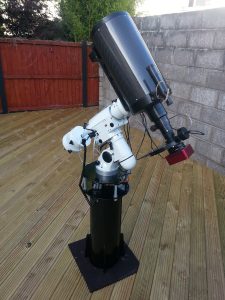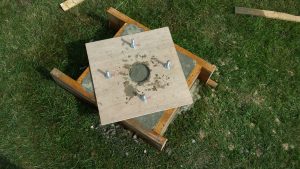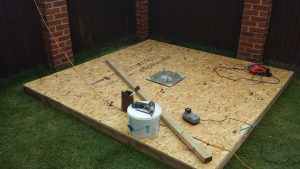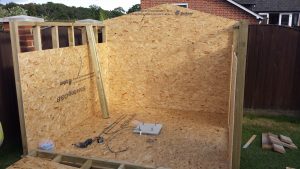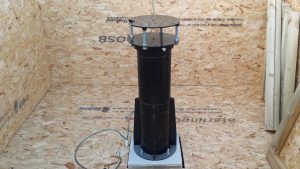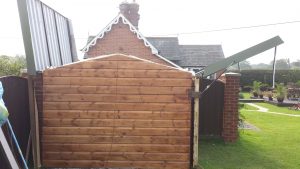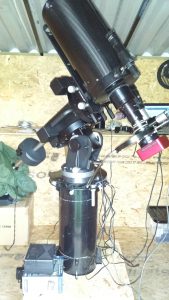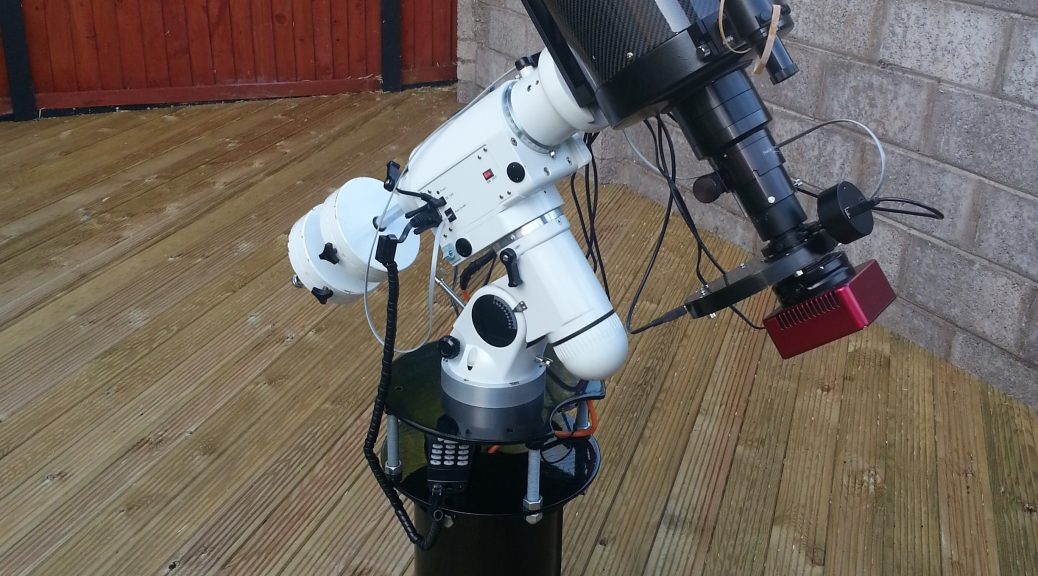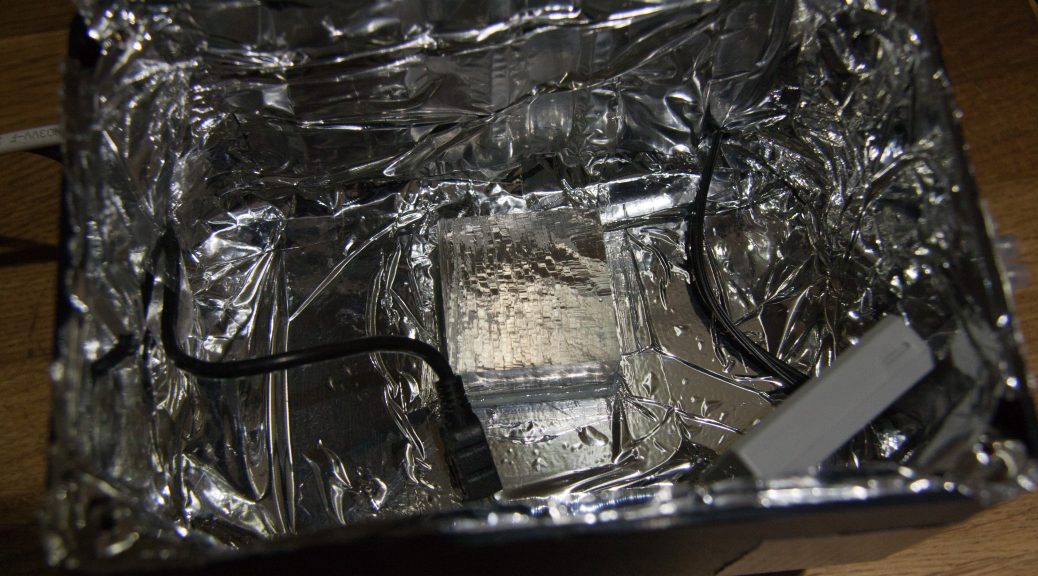In the days I used a Canon 500D to produce my Astrophotography Images I set upon a quest to reduce the amount of noise in my images, it would then allow me to capture less frames because there was less random noise to filter out.
In my quest I came across a blog post by Gary Honis on how to cool a DLSR Camera used for Astrophotography, so I followed the information and produced a cooler box. The design by Gary is to cool the air around the camera whilst in a box. I built my cooler box but could not yield any substantial results in effectively cooling the CMOS Sensor, so I decided to start from scratch.
Since I had done the Astro Mod to my camera previously, I knew the insides of the camera fairly well, so I thought to myself that there must be a much better and more efficient way of cooling the sensor a little more directly rather then cooling the air outside the camera, I remembered that there was an aluminium shield covering the back of the imaging sensor, so I started working on my cooling system, for this project I puchased the following:
- A Plastic electronics Project Box with Lid
- A 1 Square Metre sheet of Mylar
- An Intel Xeon CPU Cooler
- A Fan Speed Controller
- A 20mm x 20mm aluminium block
- 2x Silica Gel Moisture Absorbing packets
- 1x 12v Converter for the Camera to replace the battery pack
- 1x Thermal Heatsink Compound (Arctic Silver)
- 1x Peltier Thermo Electric Cooler (TEC)
In order to allow the direct cooling of the sensor, it was neccesary to remove the rear LCD Assembly of the camera, which you would not be using anyway as the camera would be in side the box.
The following image shows the actual box assembly with the aluminium cooling block, you cannot see the TEC or CPU Cooler from this angle, but the CPU Cooler was spring loaded to prevent the cooling block crushing the sensor shield, in here you can also see the Mylar as well as the USB Cable for the camera and also the 12v battery convertor for the camera.
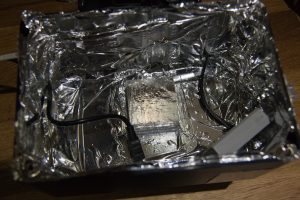
The next image you can see the camera cooling box next to the camera where you can see the aluminium shield that the cooling block will directly connect to in order to provide the direct cooling, I also placed some Arctic Silver Heatsink paste here to allow better thermal transfer

When the box was finally assembled, a couple of silica gel packs were included to absorb any moisture inside the box after the box was closed, there was no way for air to leak inside as all cable holes were sealed with sealant also, below is an image of the cooling system complete and attached to the telescope
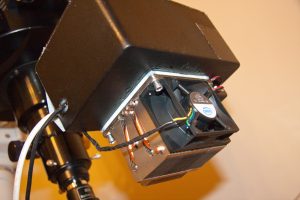
Since I used to use Backyard EOS to acquire my images when using my DSLR it would report the sensor temperature for each frame acquired and with this design I was able to effectively cool my sensor to at least -20 even with the XEON cooler fan set to minimum during the winter and medium speed during spring.
Since I moved to my CCD Camera a few years ago now, a friend bought my cooled camera from me and it is still going strong and working great
